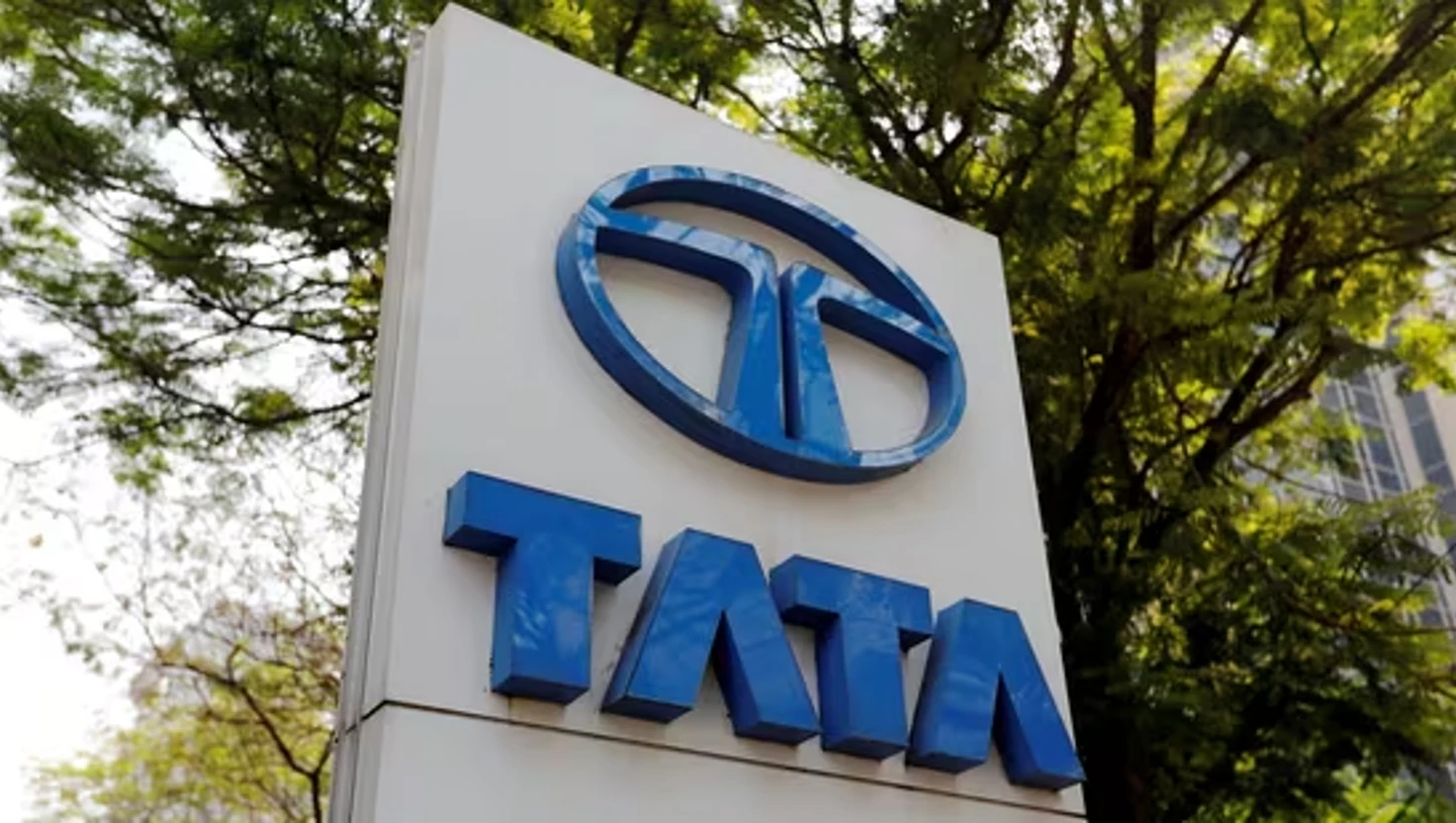Reliance Industries Reports 9.6% Rise in Q2 Net Profit Amid Inventory Losses

Reliance Industries Limited (RIL) has announced a 9.6% increase in its net profit for the September quarter, attributing this growth to strong performances from its consumer-driven retail and telecommunications sectors, alongside a recovery in its oil-to-chemicals operations. However, the company faced challenges due to significant inventory losses that impacted its earnings sequentially, compared to the previous quarter.
Strong Annual Growth
In the financial disclosure released on Friday, RIL reported a consolidated net profit of ₹18,165 crore (approximately £2.1 billion) for the July-September quarter of the financial year 2025-2026 (FY26). This figure is an increase from ₹16,563 crore reported in the same quarter of the previous year. The year-on-year growth reflects the resilience of RIL’s business segments, particularly in retail and telecommunications.
Sequential Performance Declines
Despite the positive annual growth, RIL's net profit decreased by 33% compared to the previous quarter's net profit of ₹26,994 crore. This sequential drop was largely attributed to inventory losses, which doubled to ₹8,421 crore due to declining oil prices that reduced the value of RIL’s stored products.
Segment Performance Highlights
The company's oil-to-chemicals (O2C) division exhibited strong recovery, with improved refining margins. RIL reported a 14.6% increase in profit before tax (EBITDA), reaching ₹50,367 crore, despite facing a 13.5% rise in finance costs attributed to higher debt levels which stood at ₹3.48 trillion as of September 30, 2025.
In the telecommunications segment, Jio Platforms Limited, a subsidiary of RIL, saw profits climb by 13% to ₹7,379 crore. The segment benefitted from an increase in both user numbers and revenue per user. The total customer base for Jio grew to 506.4 million, marking an increase from 498.1 million reported in the preceding quarter. Average revenue per user rose slightly to ₹211.4 from ₹208.8.
Retail and Digital Services
The retail division of Reliance, known as Reliance Retail Ventures Limited, exhibited impressive growth as well. Profit surged 22% year-on-year to ₹3,457 crore, aided by the opening of 229 new stores, bringing the total to 19,821 locations. Despite the number of operative stores remaining constant at 77.8 million square feet, RIL remains focused on optimising store operations to boost profit margins.
The O2C segment was bolstered by achieving its highest-ever quarterly refining throughput of 20.8 million tonnes, along with improvements in refining margins. This segment’s EBITDA rose by 21% to ₹15,008 crore, reflecting recovery in product crack spreads.
In addition, the fuel retailing arm, Jio-bp, a joint partnership with BP of the UK, reported significant growth in diesel and petrol sales, which jumped by 30% during the quarter.
Adverse Factors
However, challenges persisted in the oil and gas segment, where a decrease in gas output from the KG-D6 fields led to a 5.4% decline in pre-tax profits to ₹5,002 crore for the quarter. The company addressed concerns about reduced gas production levels while exploring options to enhance production from existing blocks.
Strategic Insights from Management
Mukesh D. Ambani, Chairman and Managing Director of Reliance Industries, remarked, “Reliance performed robustly during the second quarter of FY26, owing to significant contributions from O2C, Jio, and retail operations.” He added that digital services continue to grow, buoyed by a consistent increase in subscribers across home and mobile services.
Ambani highlighted that operational changes in the retail sector reflect a sustained uptick in consumption trends, further supported by favourable changes in the Goods and Services Tax (GST) framework that optimistically aim to stimulate growth.
Future Outlook
RIL maintains a strategic focus on diversifying its business model and tapping into new growth areas including new energy sectors and consumer technology. The group aims to leverage its technological capabilities to enhance consumer offerings across India and expand globally as well.
Ambani concluded by reaffirming that initiatives in artificial intelligence are set to position Reliance at the leading edge of technological advancements, promising benefits for both the company and its customers in India.
With strong operational performances across multiple sectors, Reliance Industries is navigating the complexities of market volatility while remaining optimistic about future growth prospects.

Samsung Set to Unveil Its First Tri-Fold Smartphone Soon

Trump hails historic dawn of a new Middle East after Israeli hostages are released

Tata Group officials meet Amit Shah, Nirmala Sitharaman amid boardroom trouble at Tata Trusts and Tata Sons

Bihar Assembly Election on November 6 and 11, counting of votes on 14th November





